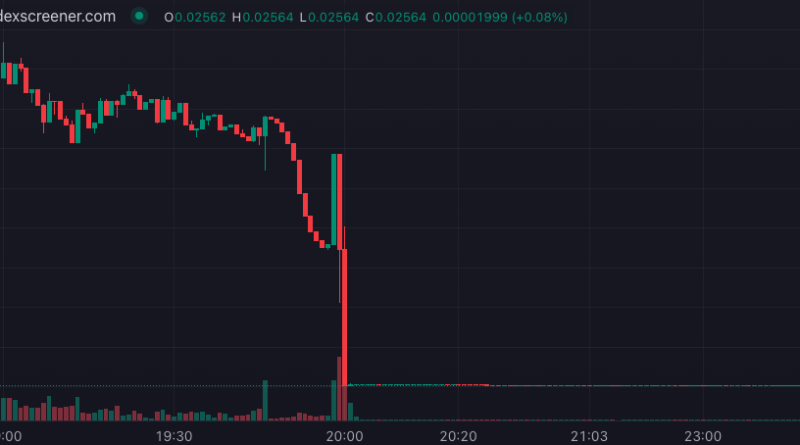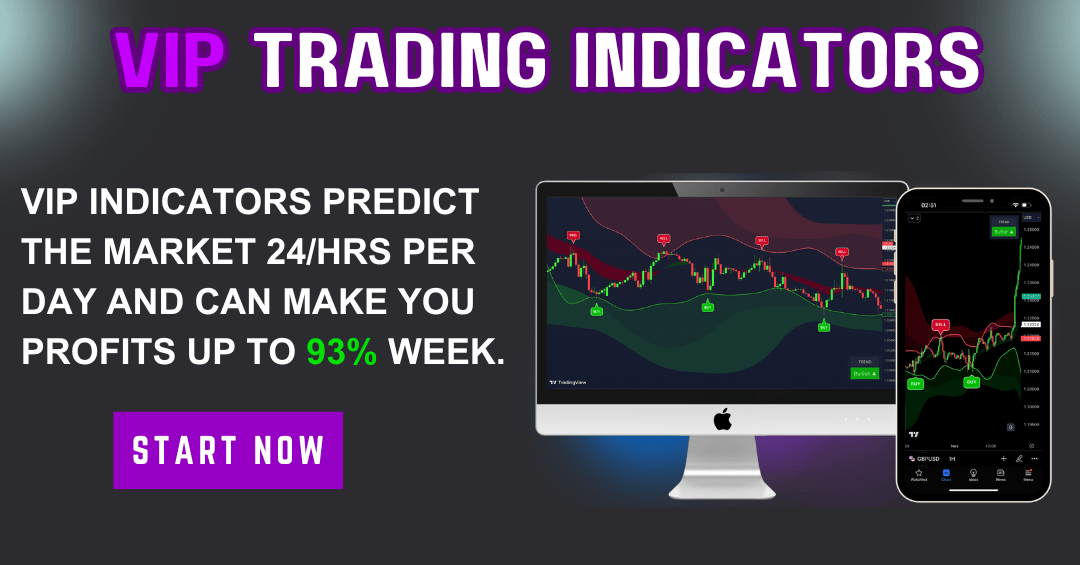Top 10 Powerful Blockchain Trends to Watch in 2025: The Ultimate Guide
- 1. Decentralized Finance (DeFi) Matures
- 2. Rise of Blockchain interoperability
- 3. Private and Permissioned Blockchains Expanding
- 4. Adoption of Blockchain in Supply Chain Management
- 5. Growth of Non-Fungible Tokens (NFTs) and Digital Assets
- 6. Integration of Blockchain with IoT
- 7. Increased Regulation & Compliance Efforts
- 8. Sustainability and Green Blockchain Initiatives
- 9. Enhanced Security Protocols and Privacy Measures
- 10. Blockchain in Enterprise Solutions and Cloud Integration
1. Decentralized Finance (DeFi) Matures
Expansion of DeFi Ecosystems
By 2025, decentralized finance (DeFi) is expected to mature further, providing more robust and user-friendly platforms. DeFi ecosystems are expanding beyond early adopters, attracting mainstream users seeking alternative financial services such as lending, borrowing, and insurance. Companies like Aave and Compound have already demonstrated how DeFi can operate at scale, and their development continues to set key trends.
This growth is fueling innovation in the blockchain trends landscape, with increased interoperability and cross-chain functionality making DeFi protocols more seamless. The focus is shifting toward reducing vulnerabilities and ensuring user security, which is critical as DeFi scales up. Expect to see DeFi becoming a more integral part of traditional financial systems in 2025.
Regulatory Environment and User Protections
One of the key aspects of the evolving blockchain trends in DeFi is regulation. Many governments are setting clearer guidelines to protect investors without stifling innovation. In 2025, we anticipate tighter regulations, yet enough flexibility to foster growth. Platforms that prioritize compliance and transparency will lead the charge.
For users, this means better security features, dispute resolution mechanisms, and insurance options. The mature DeFi sector will also leverage advanced analytics and machine learning to detect and prevent fraud, creating a safer environment for everyone.
2. Rise of Blockchain Interoperability
Breaking Down Silos with Cross-Chain Tech
In 2025, blockchain interoperability will be a dominant trend, enabling different blockchains to communicate and share data seamlessly. Projects like Polkadot, Cosmos, and Avalanche are leading the way by developing cross-chain protocols that allow assets and information to move freely across networks.
This interoperability addresses one of the most significant limitations of blockchain technologyâfragmentation. Businesses and developers can leverage multiple blockchains for different needs, optimizing scalability, speed, and security.
Impacts on Decentralized Applications
Enhanced interoperability will also boost the development of decentralized applications (dApps), making them more versatile. Users can access a broad array of services without switching platforms, improving user experience significantly. As blockchain trends evolve, expect to see more multi-chain dApps, which will drive broader adoption in sectors like gaming, finance, and supply chain management.
3. Private and Permissioned Blockchains Expanding
Enterprise Adoption and Use Cases
Enterprises increasingly recognize the importance of private and permissioned blockchains to meet compliance needs while benefiting from blockchain’s transparency and security. By 2025, these blockchains will be integral in industries such as finance, healthcare, and government, facilitating secure data sharing and transaction management.
Major players like Hyperledger and Quorum are providing the infrastructure for private blockchain networks, enabling businesses to customize access controls and privacy features. This expansion is a key heartbeat in the overall blockchain trends outlook for 2025.
Balancing Transparency and Privacy
One challenge in adopting private blockchains is balancing transparency with confidentiality. Advances in cryptography, such as Zero-Knowledge Proofs (ZKPs), will lead to more secure and privacy-preserving solutions. These developments will make permissioned blockchains more appealing for sensitive data management while maintaining the integrity and auditability characteristic of blockchain technology.
4. Adoption of Blockchain in Supply Chain Management
Enhanced Traceability and Transparency
Supply chain management is becoming increasingly reliant on blockchain to ensure transparency, traceability, and efficiency. Companies like Walmart and Maersk are leading the way by integrating blockchain solutions that track goods from origin to consumer, reducing fraud and counterfeiting.
In 2025, blockchain trends show wider adoption across various industries, with real-time data sharing improving logistics, inventory management, and quality guarantees. Blockchainâs immutable records ensure trust among stakeholders, fostering more resilient supply chains.
Reducing Costs and Streamlining Operations
Blockchain reduces paperwork, manual reconciliation, and intermediaries, lowering costs and speeding up transactions. Smart contracts automate payments and compliance checks, minimizing delays. For businesses, this translates into more efficient processes and reduced operational risks, aligning with the broader blockchain trends towards automation and decentralization.
5. Growth of Non-Fungible Tokens (NFTs) and Digital Assets
Expanding Applications Beyond Art
The NFT market continues to expand into areas like gaming, music, and virtual real estate, driven by blockchain trends that favor digital ownership and provenance verification. Companies such as OpenSea and Rarible are facilitating this shift, enabling creators and brands to monetize their digital assets efficiently.
By 2025, NFTs will become more integrated into mainstream culture, with brands launching exclusive virtual experiences and even tokenized memberships. This growth reflects a broader acceptance of blockchain-based digital assets in everyday life.
Regulatory and Security Considerations
As the NFT market matures, regulatory guidance and security protocols will become more refined. Protecting digital assets against theft and fraud is paramount. Blockchain innovations like multi-signature wallets and secure storage solutions will become standard, making digital asset transactions safer and more trustworthy.
6. Integration of Blockchain with IoT
Enhancing Security and Data Integrity
Blockchain trends in 2025 show increased integration with the Internet of Things (IoT) devices, ensuring secure data sharing among connected devices. By decentralizing data storage and employing cryptographic verification, blockchain mitigates risks of hacking and unauthorized access in IoT networks.
For example, smart home systems or industrial IoT environments benefit from tamper-proof ledgers that track device activity and maintenance records securely, greatly improving accountability and operational efficiency.
Facilitating Smart Contracts and Automation
Smart contracts automate processes based on IoT data, such as automatically triggering maintenance when sensors detect issues or adjusting energy consumption based on real-time data. This synergy enhances automation and helps businesses optimize resource usage, embodying a significant blockchain trend for 2025.
7. Increased Regulation & Compliance Efforts
Global Regulatory Frameworks Development
With blockchain gaining mainstream acceptance, governments worldwide are finalizing regulations to foster safe and compliant use of the technology. In 2025, expect a more unified global regulatory landscape, providing clarity for businesses and investors.
Impact on Blockchain Adoption
Regulation will influence how quickly and widely blockchain trends are adopted. Clear legal guidelines will encourage more enterprises to incorporate blockchain technology into core operations, boosting trust and investment. Compliance tools and auditability features will become standard requirements for blockchain platforms.
8. Sustainability and Green Blockchain Initiatives
Reducing Energy Consumption
One of the most pressing blockchain trends is addressing environmental concerns, especially energy consumption associated with Proof-of-Work (PoW) systems. In 2025, numerous projects are transitioning to less energy-intensive consensus mechanisms like Proof-of-Stake (PoS) and other sustainable algorithms.
Ethereumâs transition to PoS in 2022 set a benchmark, and further innovations will improve blockchain sustainability. Companies focusing on green blockchain initiatives are gaining investor confidence and position themselves as industry leaders.
Promoting Eco-friendly Blockchain Projects
Green blockchain projects are actively working on carbon offsetting and renewable energy integration. Platforms like Chia and Proof of Space are emerging as environmentally friendly alternatives, aligning with global efforts to combat climate change. This shift will become a notable part of blockchain trends in 2025, highlighting responsible innovation.
9. Enhanced Security Protocols and Privacy Measures
Advanced Cryptography and Zero-Knowledge Proofs
Security remains paramount in blockchain trends for 2025. Emerging cryptographic techniques like Zero-Knowledge Proofs (ZKPs) enable data privacy while maintaining transparency. These protocols allow verification without revealing sensitive information, crucial for industries like finance and healthcare.
Next-generation Cybersecurity Solutions
Blockchain security solutions are now integrating AI-based threat detection, multi-factor authentication, and decentralized identity management. These advances safeguard user data and minimize risks of hacking, fraud, and data breaches, reinforcing blockchainâs reputation as a secure ledger technology.
10. Blockchain in Enterprise Solutions and Cloud Integration
Scalability and Business-Centric Platforms
In 2025, blockchain solutions are increasingly designed for enterprise needs, emphasizing scalability, ease of integration, and customization. Cloud providers like Microsoft Azure, AWS, and Google Cloud are offering blockchain-as-a-service (BaaS), making it simpler for companies to adopt blockchain technology.
This trend aligns with the broader blockchain trends around digital transformation, helping enterprises automate processes, improve transparency, and reduce costs.
Hybrid and Multi-cloud Strategies
Organizations are adopting hybrid blockchain architectures that combine on-premises and cloud solutions to ensure flexibility and resilience. This approach caters to different regulatory environments and security requirements, promoting broader adoption across sectors.
Frequently Asked Questions
1. What are the most important blockchain trends to watch in 2025?
Key trends include the maturation of DeFi, blockchain interoperability, enterprise adoption, and sustainable blockchain initiatives, among others discussed in this guide.
2. How will blockchain trends impact mainstream finance in 2025?
Blockchain trends will facilitate faster, transparent, and more secure financial services, integrate DeFi with traditional banking, and promote regulatory clarity to foster wider adoption.
3. Why is blockchain interoperability considered a crucial trend for 2025?
Interoperability addresses fragmentation in blockchain networks, allowing seamless data and asset exchange, which is essential for scaling applications and enhancing user experiences.
4. How will regulation shape blockchain trends in 2025?
Clearer regulations and compliance standards will increase trust and adoption, while also shaping how new blockchain applications are developed and implemented.
5. What role will NFTs play in the future of blockchain technology?
Besides art, NFTs will expand into domains like gaming, virtual real estate, and memberships, creating new monetization avenues and boosting blockchain-based ownership.
Conclusion
As we look ahead to 2025, understanding the top blockchain trends is essential for innovators, investors, and businesses aiming to stay ahead in this dynamic space. From the maturation of DeFi to sustainability efforts and enhanced security, these blockchain trends will shape the digital landscape in profound ways. By keeping an eye on these key developments, you can better navigate the opportunities and risks that blockchain technology presents in the coming years.
Remember, staying informed about the latest blockchain trends is the best way to leverage this transformative technology to your advantage in 2025 and beyond.
Related Content
- First Bitcoin ETF trades $1.5B as GBTC ‘discount’ echoes $69K BTC price
- Do Kwon and Terraform Labs ask judge to toss SEC’s lawsuit
- OriginTrail on AI, real-world adoption and the value of knowledge: The Agenda podcast
- Pro-crypto lawmaker stays interim US House Speaker as frontrunner loses first round of voting
- Bitcoin gets $28K ‘plunge protection’ with BTC price due new volatility


